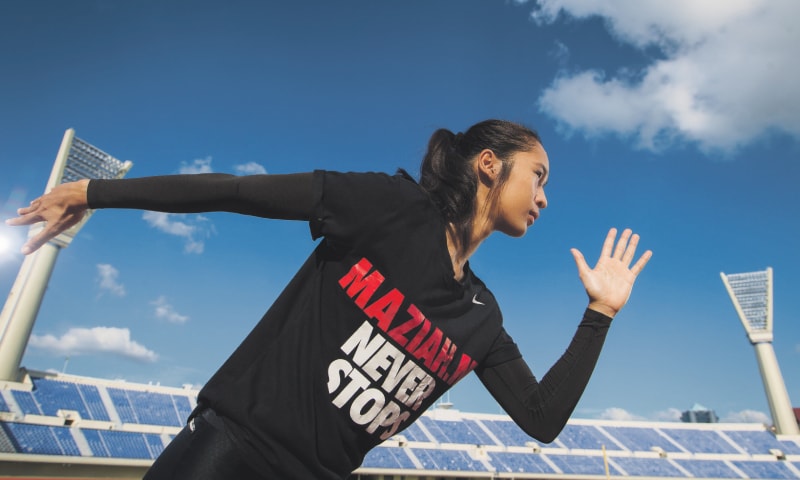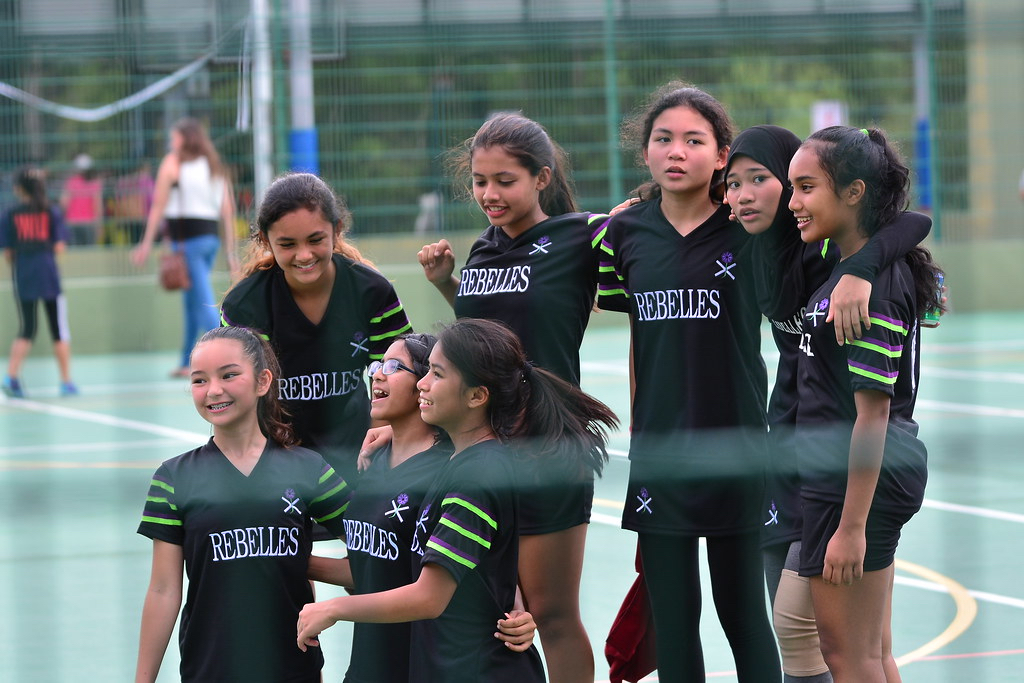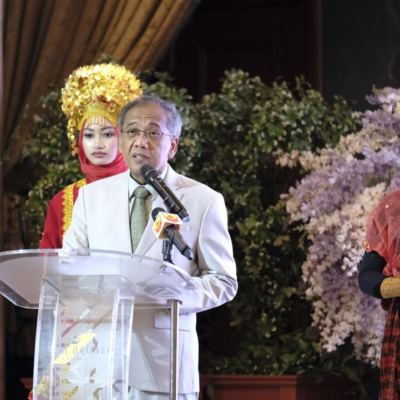Written by Jia Ying Chia |
365 million people tuned in to watch the Women’s Euros Final last summer; Susie Wolff was recently announced as Managing Director of the Formula 1 Academy ; a global Nielsen Sports survey across eight key international markets found that 84% of sports fans of both genders are interested in women’s sports. Of those, 51% are male, confirming what we’re known all along, sport is for everyone. On home ground, Wushu athlete Basma Lachkar recently returned as the first Bruneian to win a silver medal at the Asian Games; Brunei’s first female Olympian, Maziah Mahusin is of course, a household name.
The conversation on women participation in sports can be described as slow but progressing, and opportunities like sports diplomacy programs and sanctioned participation in international competitions provide stepping stones to women in Brunei passionate about untraditional sports which can be almost impossible to access and develop for local female participation. As recent as last year, the Football Association of Brunei Darussalam (FABD) has publicly acknowledged commitment to “continue to pursue the dream of developing women’s football in the country” as part of their obligations under the International Association Football Federation (FIFA).
International skate and surf brands, Vans, recently signed on Malaysian Longboard surfer, Qadeja Musaddiq as a female brand ambassador — a relatively new concept for the niche sport in Asia. “They support the growth of the sport a lot and they’re always giving us creative ideas of things to do”, says Qadeja, who grew up surfing her local left-hand break in Cherating, Malaysia. “It’s great to see girls trying new things, even if it’s ‘late’, it’s never too late to try something new,” she said to the growth of female surfers in Asia and Borneo.
Have we caught up to the current statistics on male sports engagement, relating to access, support and investment? Not by a long shot, but it’s consistently improving. Article after article online is available on not only the huge opportunities of investing into building the professional women’s sports categories but also the financial stability of doing so.
The American Women’s National Basketball Association (WNBA) achieved double-digit growth for partnership revenue in 2023 – an all-time high in 27 years. The Asian Football Confederation (AFC) reported all-time records for online engagement of the 2022 Women’s Asian Cup, with AFC’s digital channels increasing by 5,324 percent compared to the 2018 edition. Content from the tournament alone had more than 270 million impressions, 17 million engagements and 74 million video views across various social media platforms.
So the potential for money is there. Whether it reaches the hard-earned pockets of the athletes competing, has been another cause for campaigning. In 2018, the World Surf League became the first major US-based professional sporting code to commit to equal prize money for men and women at all it’s elite events. The 2023 Women’s World Cup increased its prize money to USD$152 million, three times more than in 2018, although a closer look reveals that in fine detail, a gender pay gap still exists on a technical loophole.
Milestones for the history books, for sure. Figures of over 100% increase in digital engagement and increased revenue from sports fan spending across the board makes it clear that not anyone not investing in and partnering with women’s sports teams is going to be missing out.







